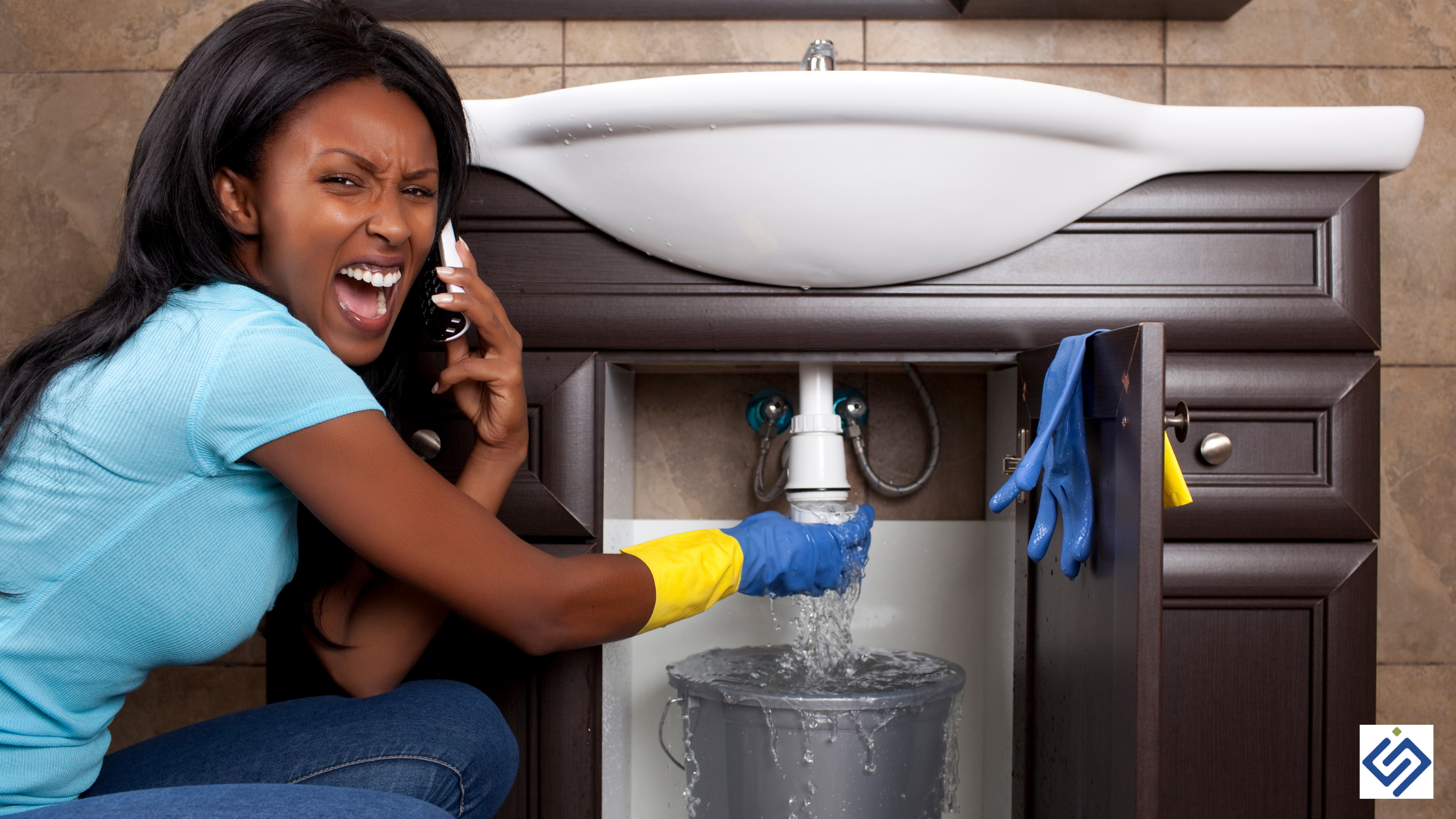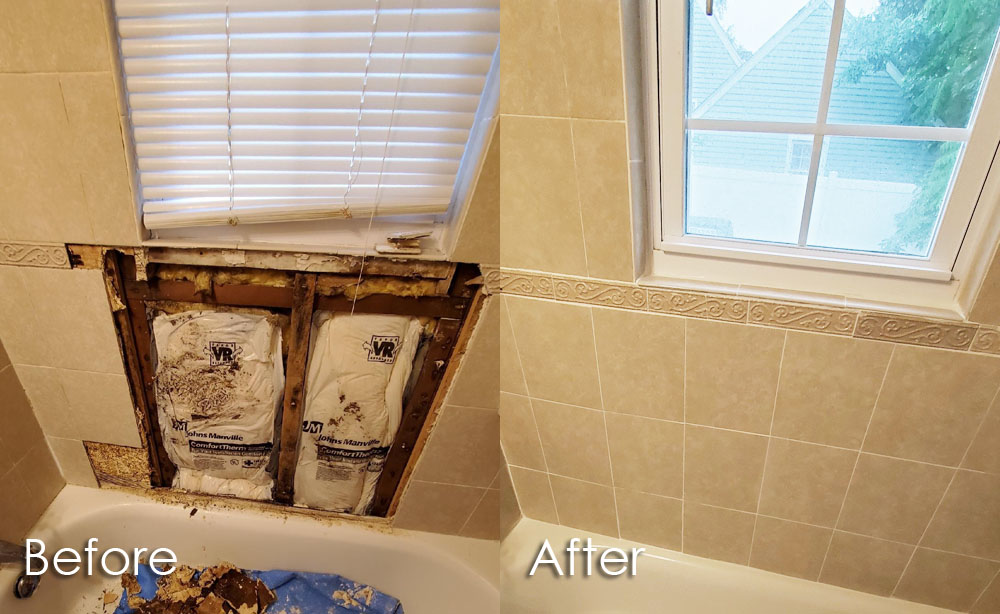Bathroom Water Damage - Ways To Avoid This Happening
Bathroom Water Damage - Ways To Avoid This Happening
Blog Article
We've stumbled upon this post about Preventing Water Damage in the Bathroom directly below on the net and figured it made good sense to write about it with you here.

The bathroom is incredibly prone for wet buildup and potential water damage because of the constant use water in it. This write-up offers easy inspection techniques to help discovering water damages dangers.
The constant use water in the washroom makes it exceptionally vulnerable for moist accumulation and potential water damage. By inspecting it routinely, you can decrease water related damages.
The following set of evaluations is simple to carry out as well as ought to be done when in every three months in order to keep your bathroom in good shape and to prevent possible water damages triggered by the bathtub, the shower, pipe joints and plumbing, sinks, cabinets, and also the commode
Do not disregard doing these assessments as well as be extensive while doing them. Keep in mind that these simple inspections can conserve you a great deal of money by providing very early signs for water damages
Tub and Shower
The shower and also bath tub need special attention and also upkeep. Inspect the tiles and also change if broken. Ensure that there is no missing cement between the tiles. Evaluate and also replace cracked caulking at joints where the wall surfaces satisfy the floor or the bath tub. Blocked drains and pipelines issues will protect against the tub from drying and also might indicate significant issues beneath the bath tub. Talk to a professional promptly to avoid structural damages. Take note of stainings or soft areas around the tub walls as they might indicate an inner leak.
Plumbing
Signs for water damages are difficult to spot given that many pipelines are set up inside the walls.
Pay unique attention to floor covering and wall surfaces moisture as well as stains as they might indicate an undetectable plumbing problem. Inspect moisture levels in adjacent spaces too.
Sinks and Cabinets
Sinks and also cabinets are revealed to moisture as well as moisture everyday and also are frequently forgotten. Examine consistently under the sink and on the kitchen counter above it. Repair any kind of drip in the trap as it might recommend drain issues. Look around the sink, sluggish draining pipelines may suggest an obstructed drain. Change sink seals if they are split or loose.
The Bathroom
The commode is a vulnerable water junction. Examine the water lines and also search for leakages around the commode seat, in the hose, as well as under the water container. If you spot any kind of signs of wetness on the floor around the commode, look for leaks in the toilet rim and also tank seals.
Be aware that hanging bathroom dish antiperspirants increases the chances for blockages.
Water Damage Signs In The Bathroom To Avoid Cleanup
Musty smell
This is one of the easiest signs to catch because musty smells are so odorous. The damp, earthy, moldy smell should be a big red flag. The smell will develop when moisture gets trapped in surfaces, and begins to facilitate mold growth. Leaking pipes under cabinets, inside walls, and behind shower fixtures will cause moisture to stay trapped and not dry, which will lead to mold growth and spread. As soon as you notice any musty smells in your bathroom, have it checked for hidden water damage and cleanup signs.
Visible mold
If the smell isn’t there to give it away, sometimes you will actually see mold growth. Finding mold in your bathroom is a serious problem, because mold is very harmful to your health. By the time mold growth is visible, it also means that water damage has already occurred and been present for some time. The only way the mold problem can be resolved is to find the source of the moisture and get it stopped. To safely and adequately remove mold, you need to have professionals handle the remediation. Do not waste any time in getting mold problems addressed, fixed, and sanitized so that you can protect you and your family from the many respiratory symptoms caused by mold exposure.
Damaged floors
Bathroom floors should be able to withstand some exposure to water while still remaining in good condition. However, when excess exposure or water leaks occur, they will begin to damage even the most water-resistant flooring. If you notice any cracking, bubbling, staining, or warping on your bathroom floors, there is probably a water leak somewhere causing the distortion. If you notice areas of the floor have become softer, or even have a spongy feeling, there is probably damage to the subfloor. Subflooring is typically made up of plywood. When plywood is exposed to water or moisture, it will absorb it. Once it has become saturated, the weight of the excess water will cause the wood to swell and soften. Check the floors in your bathroom frequently to catch any of these sings before they lead to damaged subflooring.
Changes on walls
When water leaks behind walls, it will cause changes in the drywall. Peeling plaster, blistering paint, and soggy wallpaper are all good indicators that excess water is building up behind the wall. Water leaking behind drywall will cause it to swell and be soft to the tough. If you start to notice gaps along the trim of your walls, or where tile meets the wall, it could also be a strong indicator that there is a leak behind the wall. Any changes, distortion, or damage on the walls should be evaluated as soon as you notice it to prevent further water damage and cleanup.

I'm certainly very fascinated by How to Repair and Prevent Bathroom Water Damage and I hope you liked our entry. Do you know someone else who is involved in the niche? Please feel free to promote it. We recognize the value of reading our article about Common Causes of Water Damage in a Bathroom.
Hire A Pro Report this page